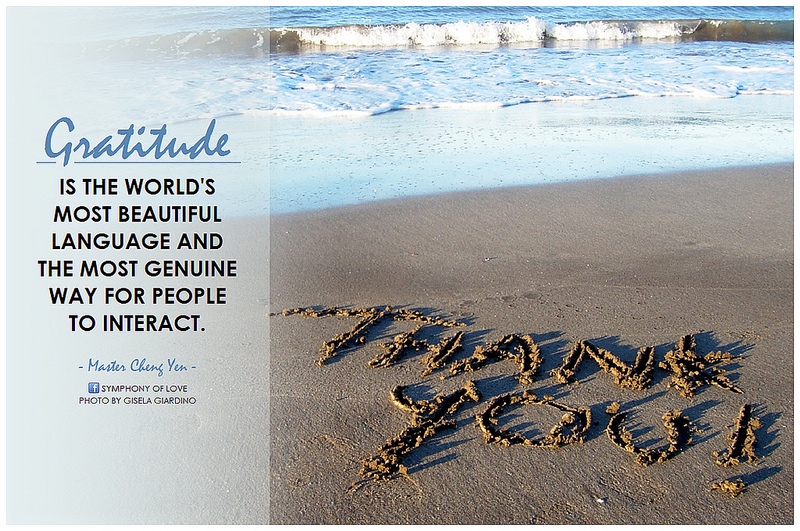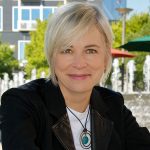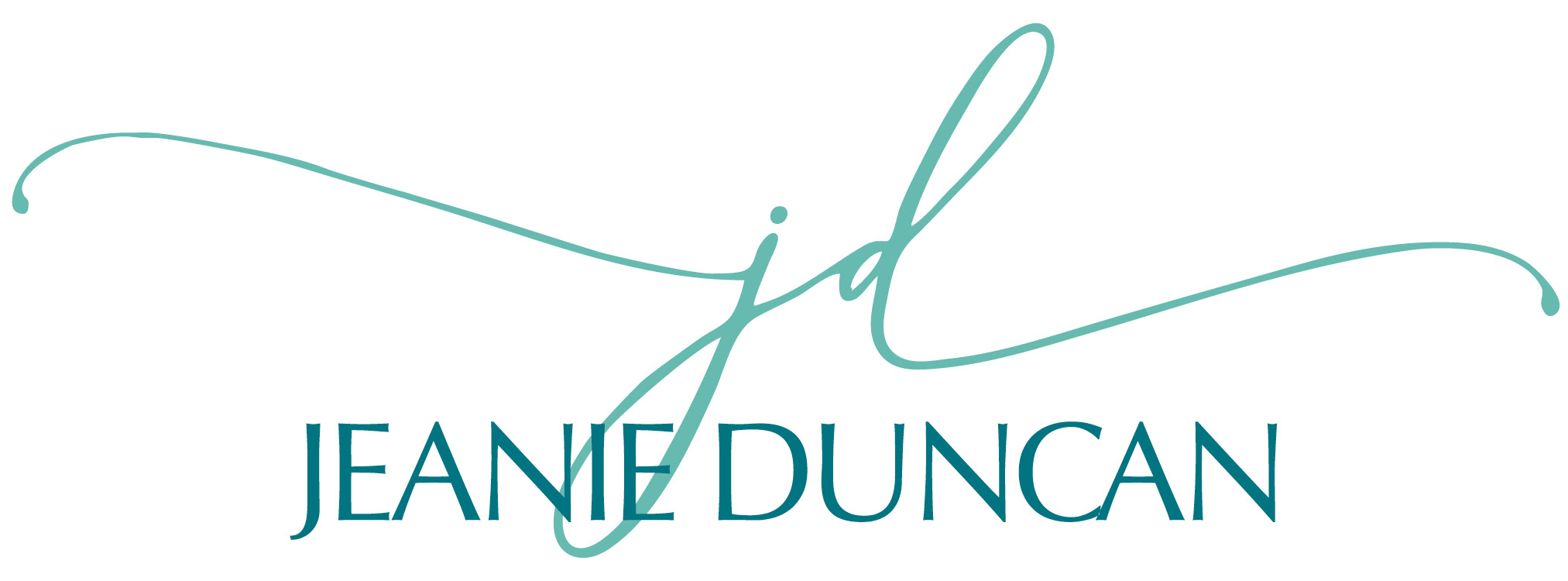Jan 19, 2012 | Career
I had the pleasure last week of organizing and moderating a panel presentation to Greensboro’s Women’s Professional Forum: “Navigating Your Career with Intention: knowing when to make a change and having the courage to leap.” Michelle Clark, Laurelyn Dossett, and Kathy Ridge came together sharing their personal journey of career transition.
Both Michelle and Kathy are former corporate executives who now have launched their own independent endeavors: Michelle, as a soon-to-be published author, and Kathy as founder of her own consulting practice. Laurelyn has followed her lifelong passion of music, becoming an acclaimed musician, singer, and songwriter.
Their stories revealed the underlying currents that sparked a change in direction, propelled them to action, and gave them courage to close one chapter and open a new one.
While each was unique, the collection of experiences shared presented gems of commonality:
- Live awake. We all have an internal compass that will guide us if we simply pay attention. And listen.
- Know who you are. This is not about the various roles each of us serves, but rather, “who am I, really?” Allow this and your core values to drive you.
- Live with the end in mind. We all have a story to tell. How will yours end? What mark will you leave? How does this guide you in the present moment?
- Living your life with purpose and intention starts with one small step. What step will you take today? Tomorrow?
- Believe in yourself and your own best work. Unconditionally.
Dec 14, 2011 | Coaching
Earlier this week, I attended the meeting of our local Triad Coaching Connection and the presenter offered this poem below entitled “Autobiography in Five Short Chapters” by Portia Nelson (from her book “There’s a Hole in My Sidewalk”). I thought I would share it here in Raven Reflections; it stirred some interesting thoughts and comments from our group, and I’m still thinking about it days later.
Chapter One
I walk down the street.
There is a deep hole in the sidewalk.
I fall in.
I am lost…I am helpless.
It isn’t my fault.
It takes forever to get out.
Chapter Two
I walk down the same street.
There is a deep hole in the sidewalk.
I pretend I don’t see it.
I fall in, again.
I can’t believe I am in this same place.
But it isn’t my fault.
It still takes a long time to get out.
Chapter Three
I walk down the same street.
There is a deep hole in the sidewalk.
I see it is there.
I still fall in…it’s a habit.
But, eyes are open. I know where I am.
It is my fault.
I get out immediately.
Chapter Four
I walk down the same street.
There is a deep hole in the sidewalk.
I walk around it.
Chapter Five
I walk down another street.
So, where are you today? Are you still falling in that same, deep hole? Many days, I feel as though I am. Then, there are other days that I finally reach Chapter Four, maybe Five. Those feel better!
This poem reminds me of the stages: unconscious incompetence, conscious incompetence, conscious competence, and finally unconscious competence. These cycle around in life when we learn new things or attempt to break patterns and old habits. For me, this poem is a fresh way to look at that.
Changing our behavior is difficult. If it were simply a matter of deciding to change and following through on that change, there would be no need for coaches and therapists…and life would be much simpler!
In reality, change is hard won. There is a subtle interplay between insight through reflection and newfound awareness and making different choices in life. Both are necessary. Change is often slow and comes about in leaps forward, and also by apparent slips back. While the steps forward are experienced as triumphs, often the slips back are experienced or perceived as adversities or even failure. Of course, in reality both movements are progress. The key is discovering the learning within.

Nov 29, 2011 | Leadership
During a staff meeting one day, one of my employees passed out paper bags – the kind you packed your lunch in as a kid. She sat a big box in the middle of the table and lifted the lid. Inside, it was filled with magic markers, crayons, chalk, and colored pencils. She instructed us to decorate our own personal bag in such a way that would make us smile. Everyone dug in, laughing, commenting on favorite colors, and began the art project.
Next, she passed out skinny strips of paper and asked each of us to write something we liked about every staff member around the table, then fold it up, and drop it in his or her bag. She suggested that, in the coming weeks, we keep the bags on our desks and that we continue writing these simple acknowledgment notes for one another. Then, whenever we need a “pick me up,” reach in, grab a handful of notes, and read them to ourselves.
Funny. It’s now five years later and the bags are still on the desks, full of notes. I’m no longer with that organization, but the bag sits on the desk in my new office. Powerful, isn’t it?
How often do we pause to say nice things about those with whom we work? To let them know how much we truly appreciate what they do? The formal feedback, like annual performance reviews, gets done, but what about the simpler things? Isn’t it really these simple things that make the biggest difference? It’s what defines a workplace’s culture – mojo I call it. And it’s a key part of building team commitment, loyalty, and satisfaction.
In all workplaces, but perhaps even more important in the nonprofit sector, we need to identify the simple, yet powerful actions and benefits that help us recruit and retain our human capital. After all, it’s our single greatest resource.

Nov 14, 2011 | Leadership

I’ve been thinking a lot about powerful questions lately. And how the potency lies in their simplicity and delivery.
In coaching, the power of a direct, concise, well-timed question evokes reflection and propels a client toward self-discovery and transformation. You know you’ve ‘got one’ when a coachee’s reaction goes something like this: “Wow. That’s a great question. Let me think about it for a minute.” Or, “Well, I never thought about it quite like that before…” Powerful questions halt you in your tracks and even make you uncomfortable. Your head tilts. Eyes squint. You grow quiet, contemplative.
In my experiences working with organizations, I’m reminded of a time when a particularly insightful and courageous individual asked precisely the right questions, spurring actions that changed an entire course (though in the moment they seemed unrelentingly stubborn and persistent).
In this particular case, I was working for the United Arts Council of Greater Greensboro. We were holding our monthly board meeting and reporting on financial results of a recent special event. These disappointing results, paired with other line-item budget-to-actual revenue shortfalls, painted a picture of concern. A financially savvy board member began firing a series of powerful questions, probing into current and prior year financial data.
Following this meeting and subsequent analysis, we began a review that ultimately revealed significant, cumulative direct and indirect revenue loss related to our events and also to other business functions that had failed to meet projections. Individually, each issue alone had quietly gone unnoticed or was of minor concern, but together the problems were steadily building. During the examination some reasoned, too, that we were distracted from a lack of focus.
I recall the general initial reaction to this individual’s inquiry as that of frustration, defense, and a sense of vulnerability – though over time, it evolved to one of gratitude. That day, the board member began to pull a thread that ultimately unraveled a series of issues that received immediate, priority attention, and we began crafting a strategy that changed our overall scope of work and the way we did business. All because one individual saw what others didn’t, or were afraid to question.
I’ve learned a lot from this and other experiences where I’ve witnessed powerful questions in action.
– Don’t be afraid to question. Chances are if you have a particular question, others probably have it too.
– Ask with a spirit of curiosity and sincerity. Great questions are selfless, not asked to illustrate the cleverness of the questioner, and are supportive, insightful, and challenging.
– Think before you ask. What do you want your question to accomplish? Intentionally frame your question so that you encourage collaborative thinking and cannot be perceived as threatening.
– Be succinct and direct. The powerful question is powerful because it cuts through to the heart of the issue. Short is good.
– Allow silence to do its work. Ask, then be quiet and wait. Pay attention to the impact of the questions you ask.

Oct 1, 2011 | Leadership

Do you recall your first formal leadership development experience?
My first experience was in 2000 – I was sponsored by a local foundation to participate in the Leadership Development Program at the Center for Creative Leadership (CCL). I was 30, and I had been working for nine years, building a career in the nonprofit sector.
Up to that point, my leadership development experiences had been more informal – in school, on the athletic field, and over years of music lessons – all through interactions with insightful teachers and coaches.
In the early years of my career, I received leadership training from various bosses, mentors, and other seasoned professionals in the form of sage advice, best practices, and – most often – “in the moment” life lessons at an operational, grassroots level. My ‘classroom’ was “on the street,” “in the trenches,” and oftentimes in sink or swim situations…some of the greatest learning opportunities there are.
At 30 years of age, most of my professional development occurred when wearing many hats, trying new things, taking risks, and making my best efforts to exhibit courage in the face of fear. Progress and discoveries came as much by failure as by success.
Today, colleges and universities have more formally developed leadership programs and offerings for students; many are course requirements for undergraduate study. Students graduating and entering the for-profit workplace often begin on a career development track and are exposed early on to corporate leadership training programs, assessments, and executive coaches.
These kinds of critical opportunities, while assumed and plentiful in the corporate environment, are glaringly absent in the nonprofit sector. And even if available, many leadership programs are cost-prohibitive for many small to medium-sized organizations.
My formal CCL experience was made possible by a new funding relationship between CCL and a local foundation partnering to sponsor nonprofit executives’ participation in the Center’s Leadership Development Program. For me, it was life-changing. It was the first time in my career that I was exposed to behavioral assessments, 360-degree feedback, insight into my natural and adapted leadership styles, and in-depth analysis of my strengths, weaknesses, and blind spots.
After that one-week intensive, I was different. Armed with new, critical insight, it was as if the Vaseline had been wiped from my windshield. My discoveries and newfound vision:
- Augmented my leadership, management, and decision-making capabilities.
- Sharpened my abilities to value, work with, and manage others.
- Spurred me to create a career vision and goals to chart and navigate my course.
- Fueled my desire to gain increasing responsibility, ultimately helping me achieve my goal of leading a nonprofit arts organization.
- Ignited my interest in seeking out additional opportunities, including books and articles on leadership, other continuing education, and connecting to coaches and mentors.
“What if I had had a similar kind of formal leadership development experience in high school, or college – or in the first year or two of my career? What difference would it have made in my professional development, how I interacted with co-workers, teams and boards, and in my overall career track? I know the difference it made at 30 years of age. What if I had had the same experience at 20?
Today, I can only imagine that impact. It has prompted my own drive to help make leadership coaching opportunities available and accessible for students and young professionals. I believe we must reach teachers, coaches, and other mentors interacting with our young people and ensure they have the skills and training necessary to take advantage of the critical leadership teaching moments in everyday experiences.
I’m discovering exciting ways to be involved in the creation and delivery of such opportunities, including participating in CCL’s Young Women’s Leadership Program, the University of North Carolina’s student mentoring program, and working to help coach and develop the next generation of arts and culture leaders.
I encourage you to begin where you are:
- Seek out formal leadership development for yourself – early on and often; I guarantee it will be an eye-opening experience and have countless positive effects on your life.
- Surround yourself with trusted and respected mentors and consider working with an executive coach. You’ll be more purposeful and mindful of your career and life path, taking charge of your present and future direction.
- Get involved in positively influencing the life, education, and/or career of a young adult. You’ll receive as much or more than you give!
- Advocate for leadership development within the nonprofit sector. Encourage it as a priority in your workplace, among peers, and to funders to invest in and support leadership development opportunities.
 About Jeanie Duncan: Jeanie is President of Raven Consulting Group, a business she founded that focuses on organizational change and leadership development in the nonprofit sector. She is a senior consultant for Raffa, a national firm working with nonprofit clients to lead efforts in sustainability and succession planning, executive transition and search. Additionally, Jeanie serves as adjunct faculty for the Center for Creative Leadership, a top-ranked, global provider of executive leadership education.
About Jeanie Duncan: Jeanie is President of Raven Consulting Group, a business she founded that focuses on organizational change and leadership development in the nonprofit sector. She is a senior consultant for Raffa, a national firm working with nonprofit clients to lead efforts in sustainability and succession planning, executive transition and search. Additionally, Jeanie serves as adjunct faculty for the Center for Creative Leadership, a top-ranked, global provider of executive leadership education.






